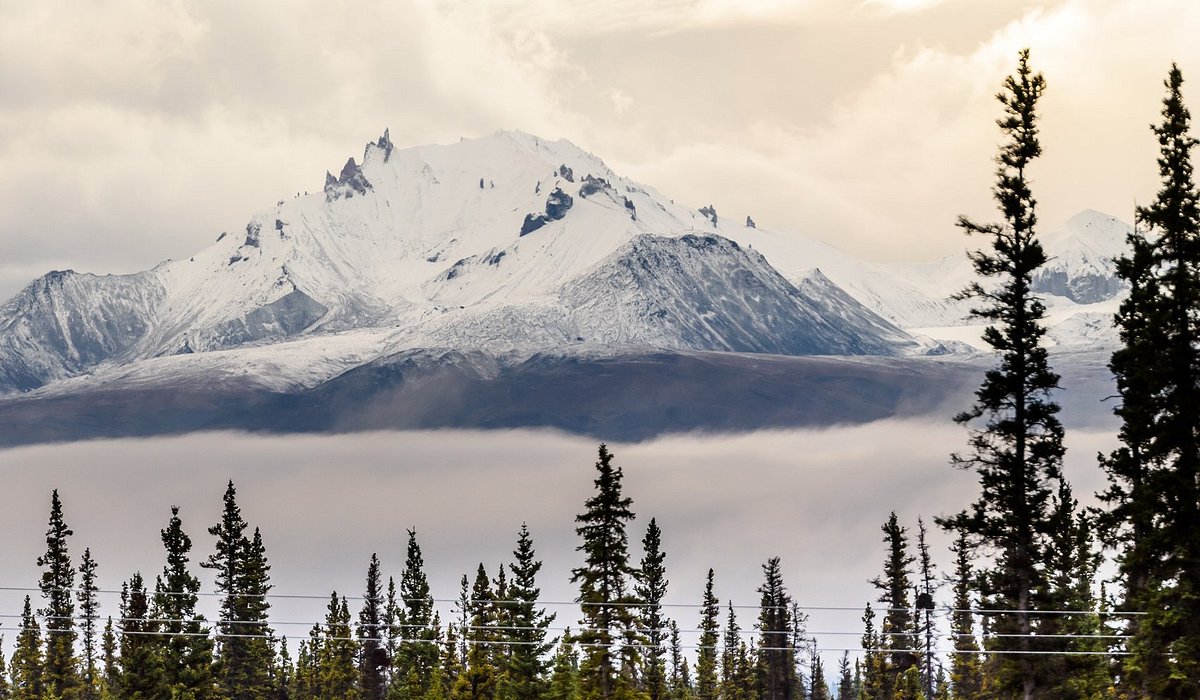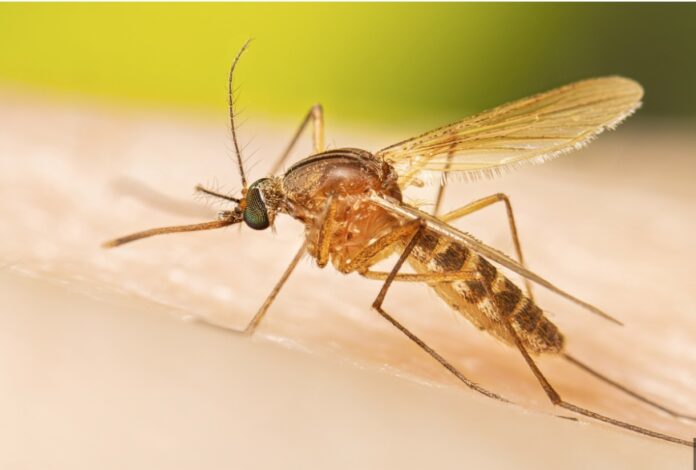×
Warning: The information provided here was generated using artificial intelligence. While efforts have been made to ensure accuracy, the content may contain errors or biases inherent to AI systems.

Robert Qaummaluk Lisbourne recalls a childhood vivid with the clamor of walrus haulouts near Point Lay, where the animals gathered in droves along the shore. The sight sparked a frenzy among local hunters, their boats slicing through the water, gunfire echoing across the beach. Yet, the chaos often triggered a desperate stampede, with walruses surging toward the sea, leaving crushed pups in their wake. The memory stings, but it also marks a turning point. “When they first started coming, everyone was hunting them,” Lisbourne says, his voice steady with reflection. “We came together and realized we needed a better way to hunt without causing that kind of havoc.”
A hunter and member of the North Slope Borough Fish and Game Management Committee, Lisbourne has witnessed a quiet transformation in Point Lay’s approach. Now, the community targets smaller groups of walruses on the beach, minimizing disruption. They urge pilots to keep their planes high and mariners to ease their speed near haulout sites. This shift, born of necessity and respect, reflects a deeper commitment to the animals that sustain them. Lisbourne’s insights will soon feed into a collaborative project with the U.S. Geological Survey and the University of Alaska Museum of the North, blending drone surveys with interviews from subsistence hunters. The aim is to preserve not just the walruses but the cultural threads that tie Point Lay to them.
Eduard Kergytagyn Zdor, an anthropology postdoctoral fellow at the University of Alaska Fairbanks, brings a unique perspective to the effort. A Chukchi Indigenous leader from Russia’s Chukotka region, where walruses also anchor traditional life, Zdor sees the project as a bridge across the Arctic. “It’s about how Inupiaq communities view these haulouts, their current state, and what must be done to protect walrus habitats,” he explains. His words carry the weight of someone who has long advocated for subsistence hunting, a practice now strained by modern challenges like climate change. Zdor’s move to the U.S. a decade ago followed years of research in Chukotka, but Russia’s 2022 invasion of Ukraine fractured the once-vibrant collaboration between Russian and American scientists, including Indigenous experts. For Zdor, this project is a flicker of hope—a chance to reconnect Chukotka and Alaska, to remind Arctic peoples of their shared roots.
The walruses themselves are adapting to a changing world. Anthony Fischbach, a wildlife biologist with the USGS, notes a stark shift since 2007, when sea ice began vanishing earlier each year. Female walruses, once reliant on ice to rest, now flock to Point Lay’s beaches by the tens of thousands, feeding for weeks before migrating to Russia. This behavioral pivot has reshaped the landscape, both ecological and cultural. Lisbourne, ever vigilant, ensures that biologists adhere to safety protocols during surveys, safeguarding the animals that are, as he puts it, “part of who we are.” The partnership between Point Lay’s Native village and walrus researchers is a quiet testament to their shared stewardship.
As walruses begin to gather again near Point Lay, their numbers uncertain for this year’s haulout, the work continues. Zdor estimates it will take years to weave the hunters’ stories into a narrative that can guide wildlife management. For Lisbourne, the collaboration with Zdor is a chance to exchange knowledge across borders. “They get more walruses on their beaches in Russia—double what we see,” he says, a spark of curiosity in his voice. “It’ll be interesting to learn from Eduard, just as he’ll learn from us.” In this shared pursuit, Point Lay’s hunters and their Arctic neighbors are not just preserving a species but stitching together a legacy that endures beyond the melting ice.





Comments
No comments yet.